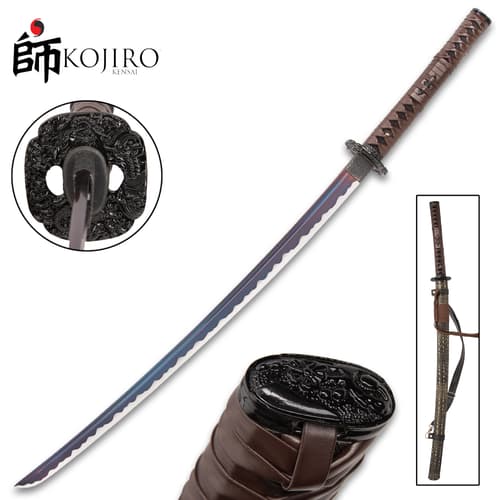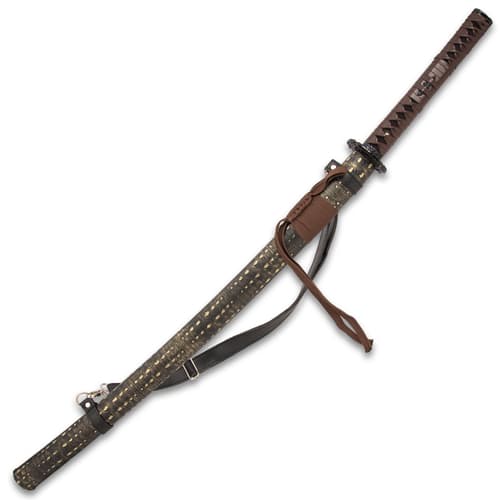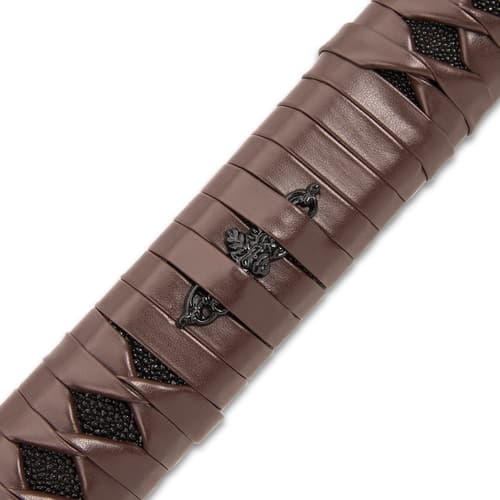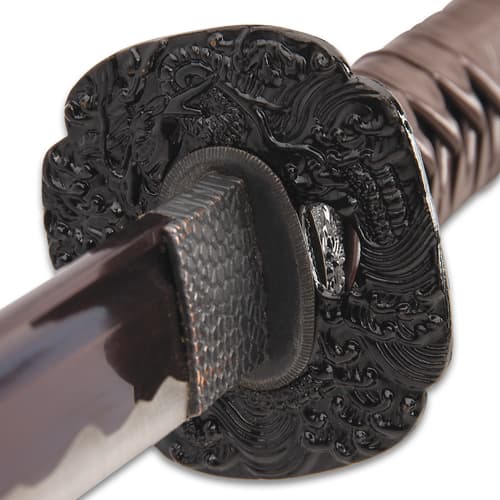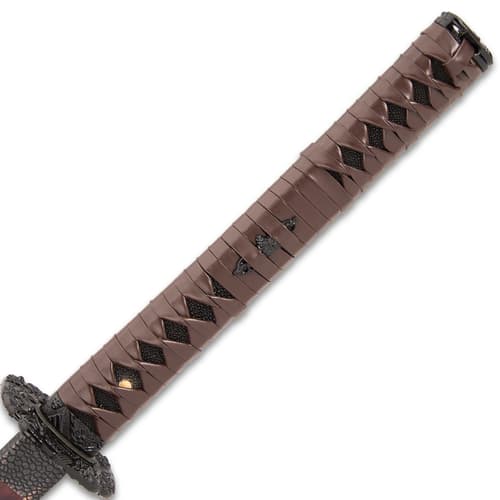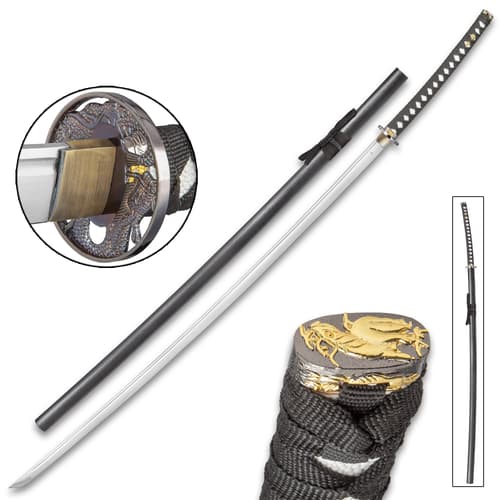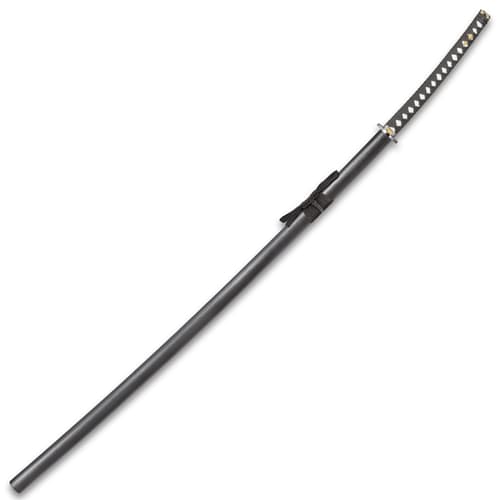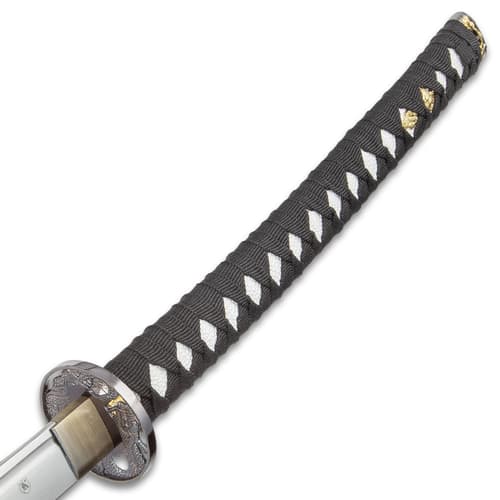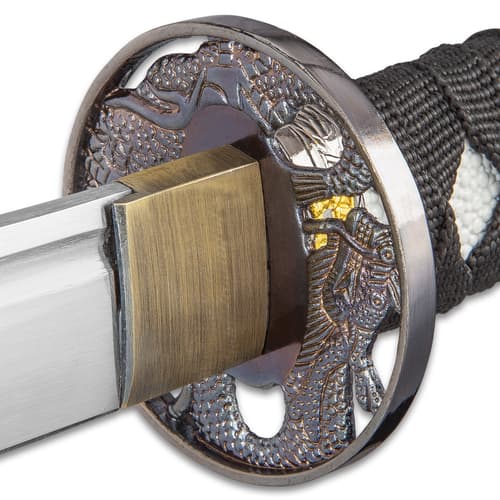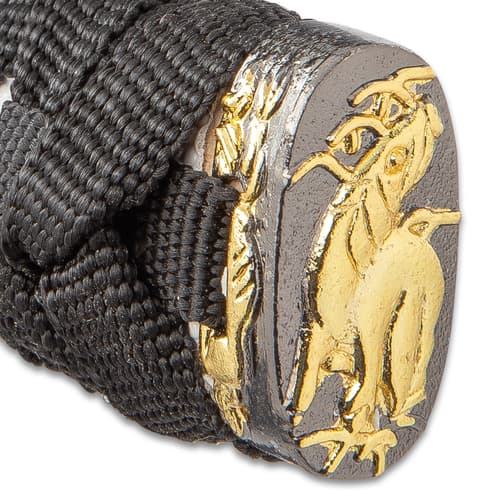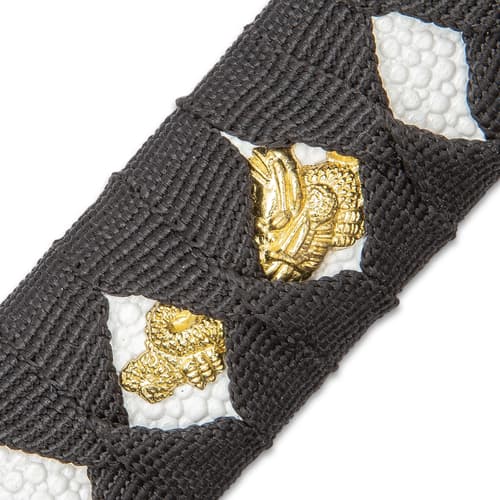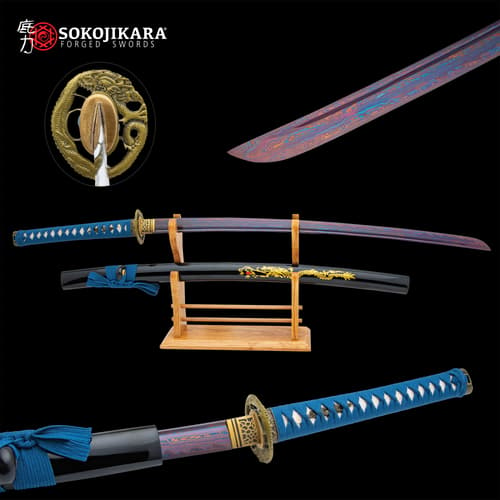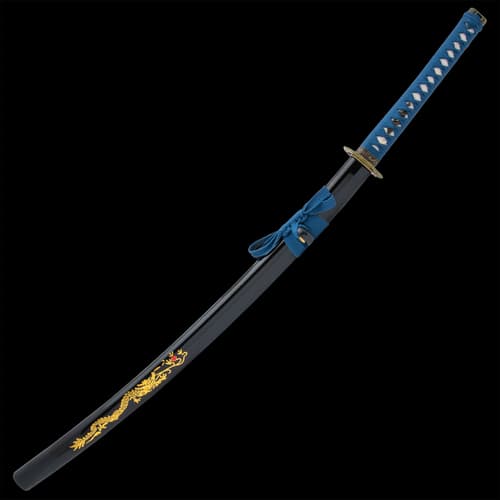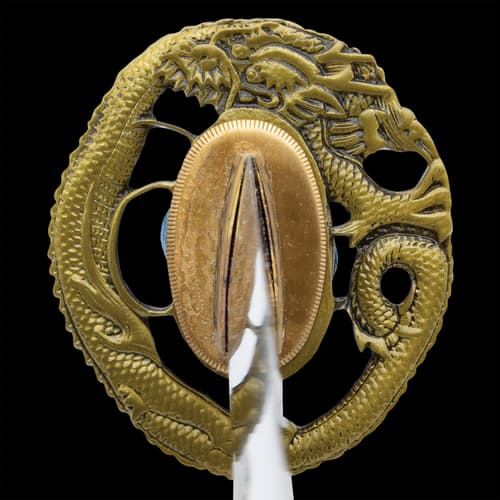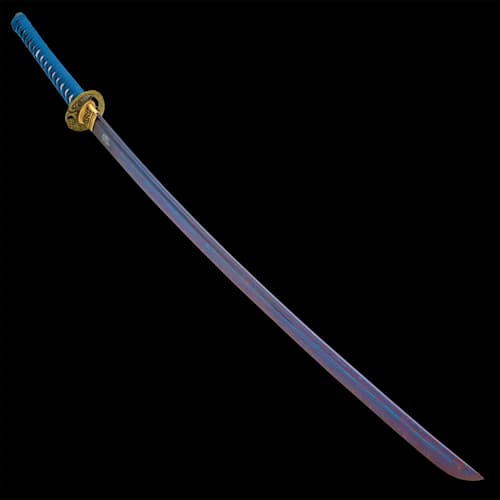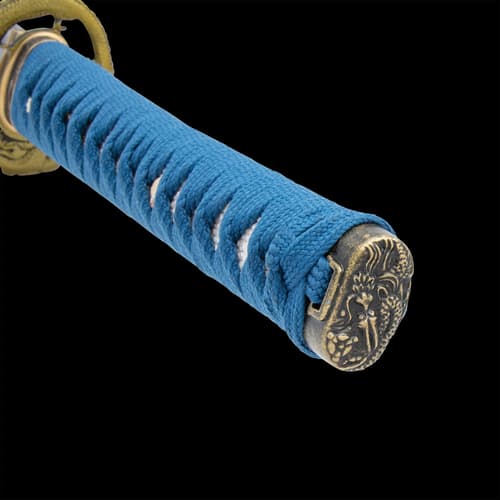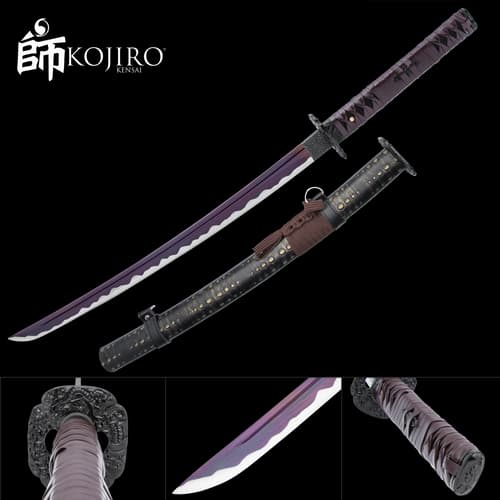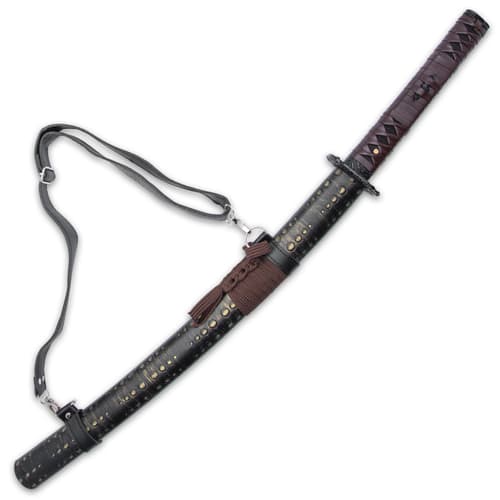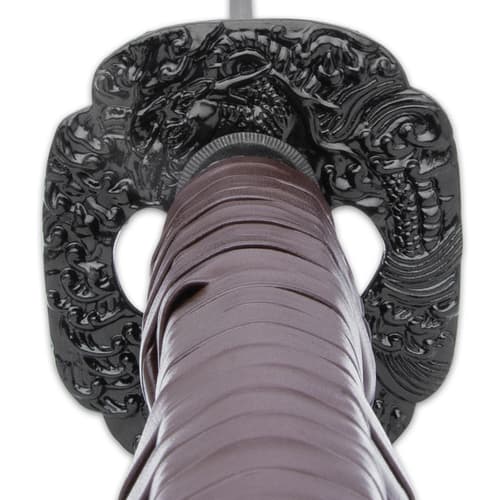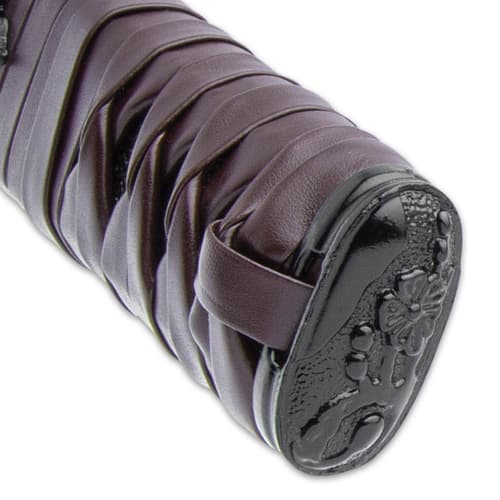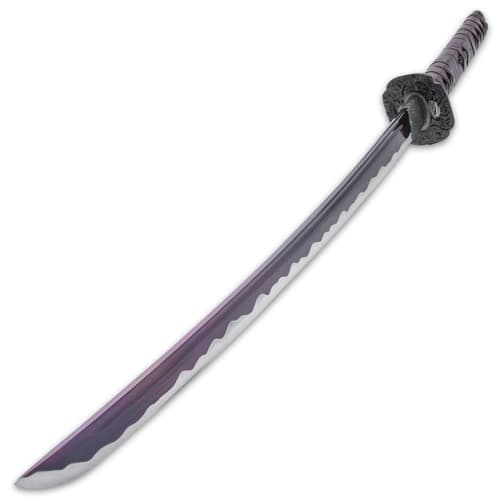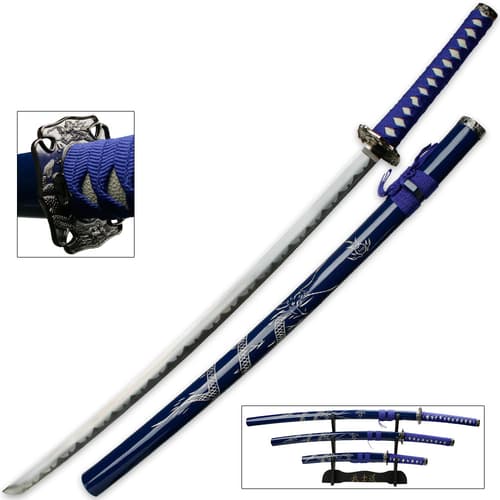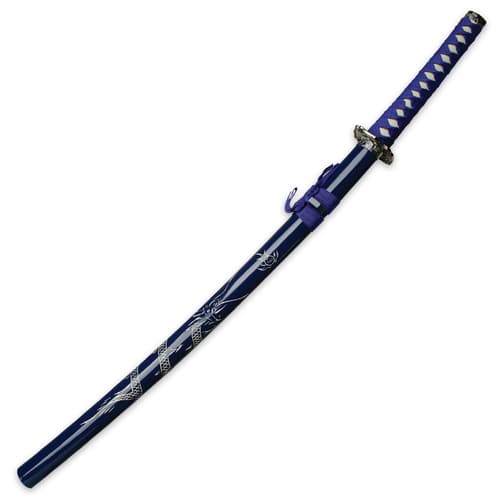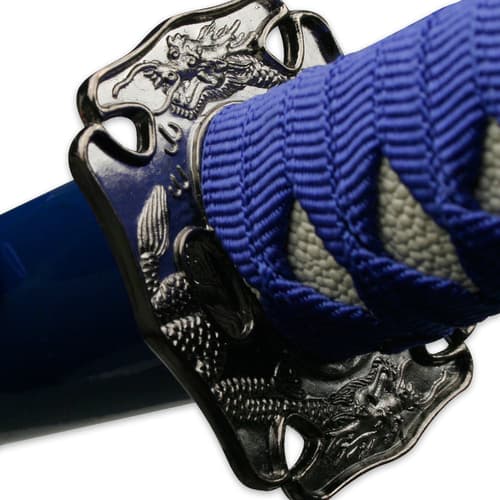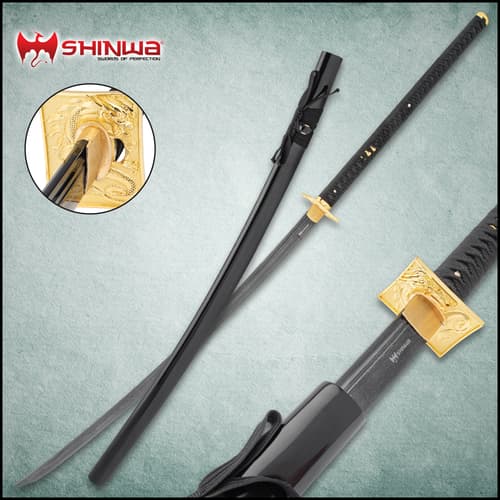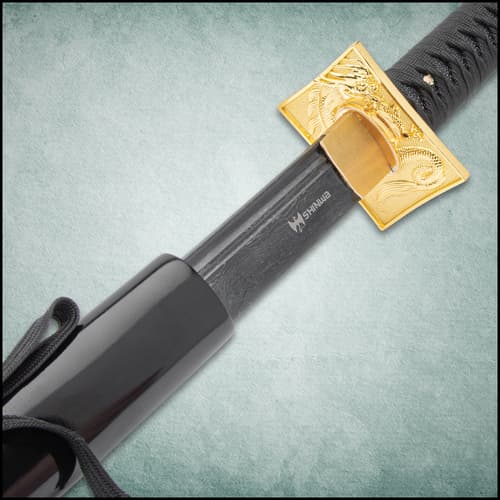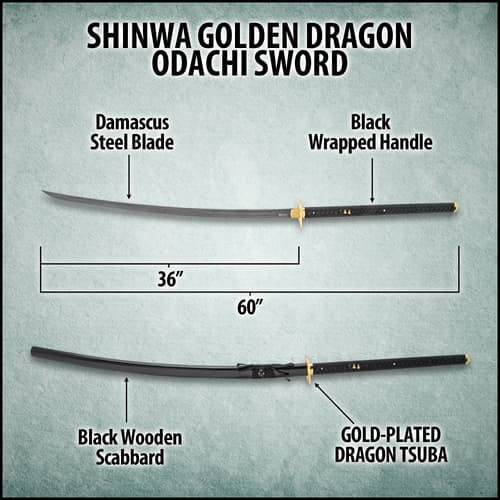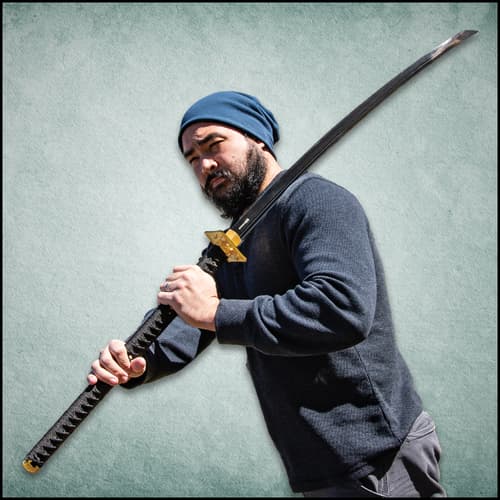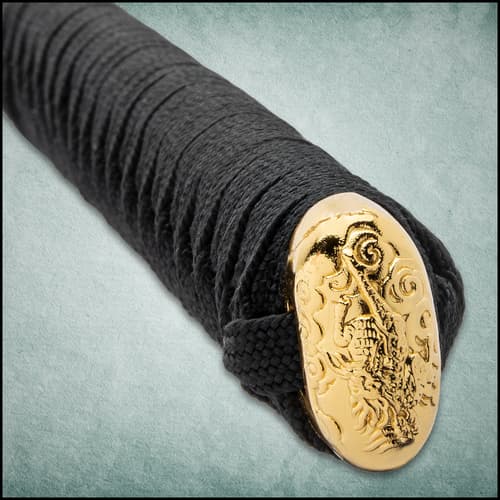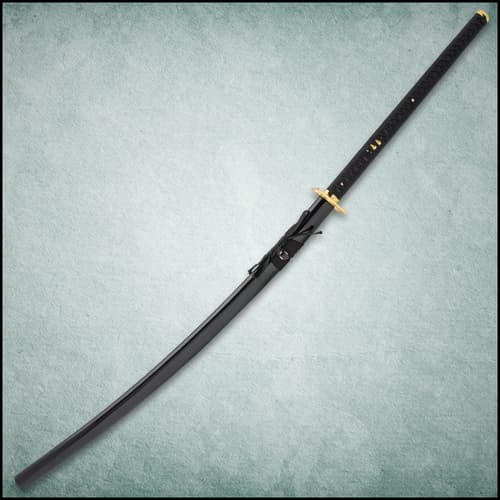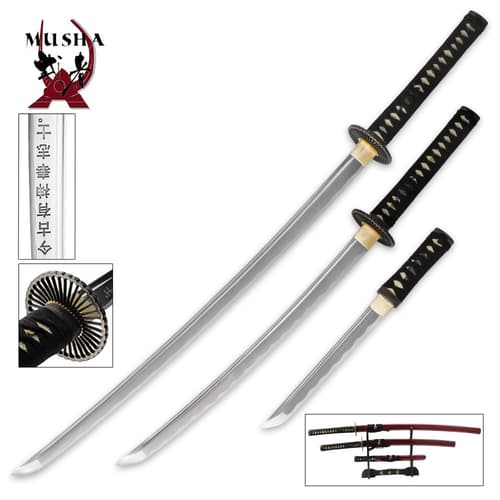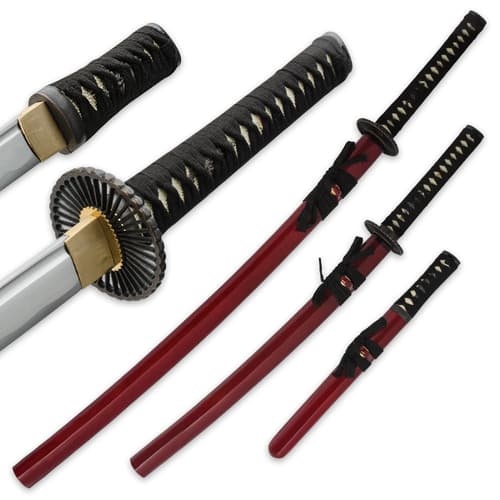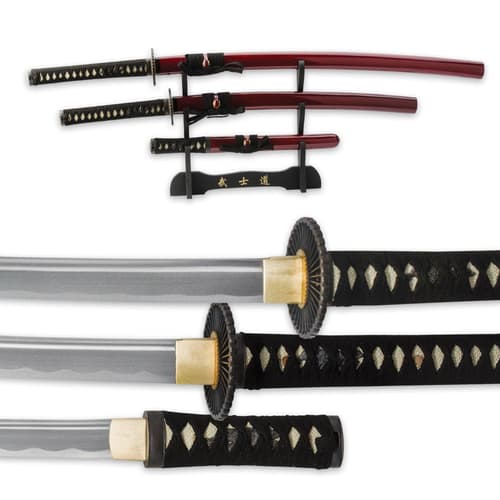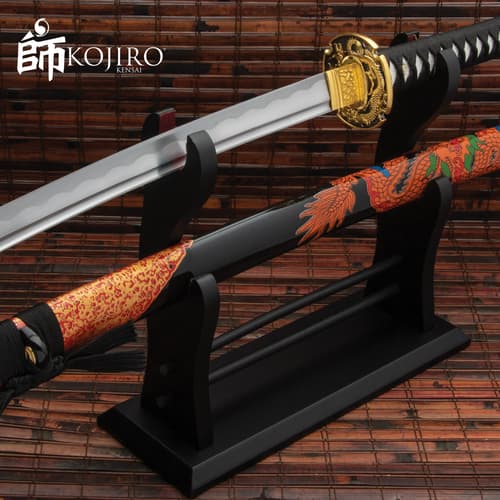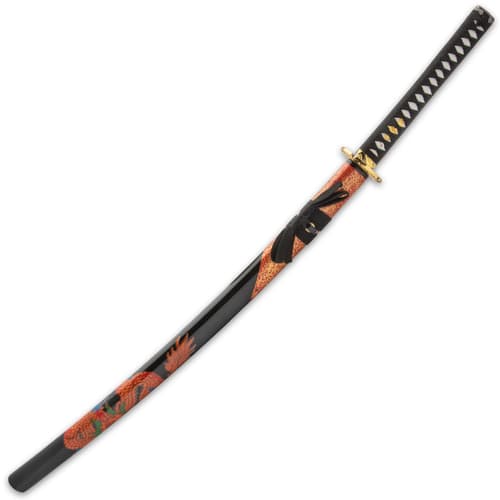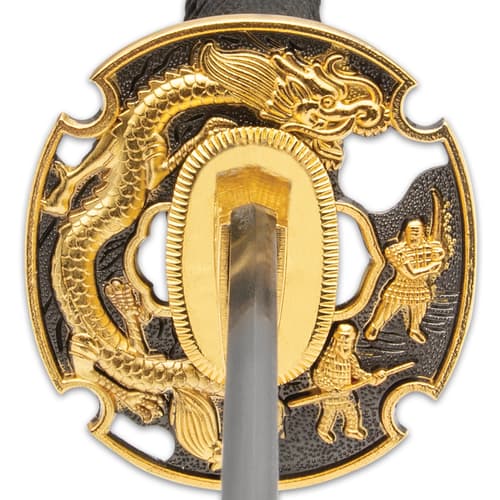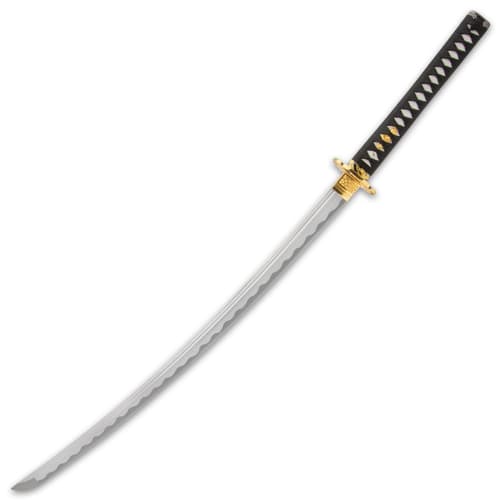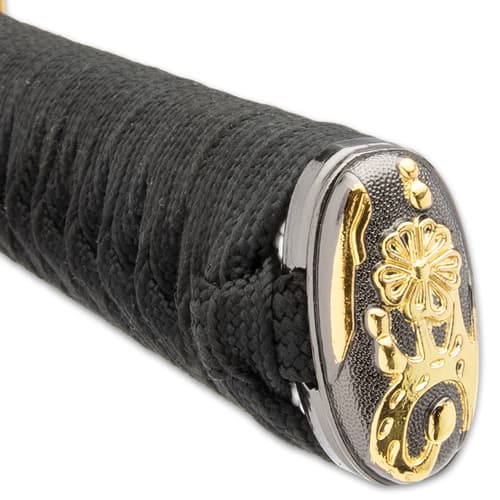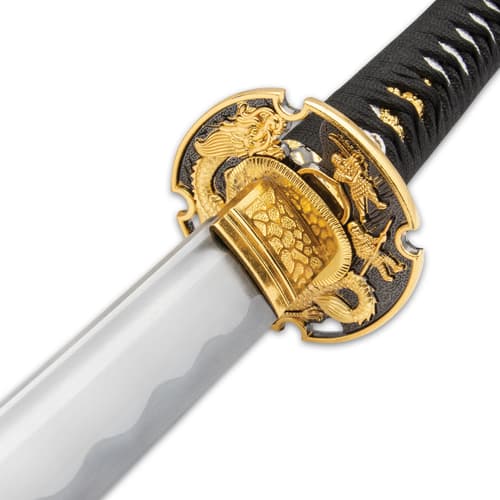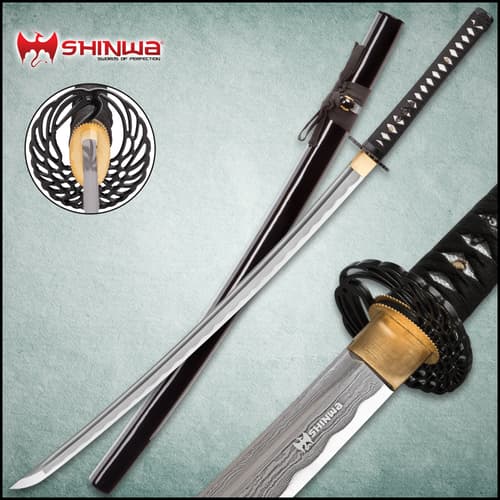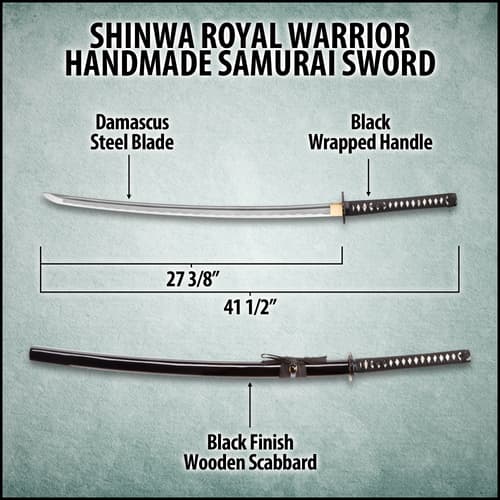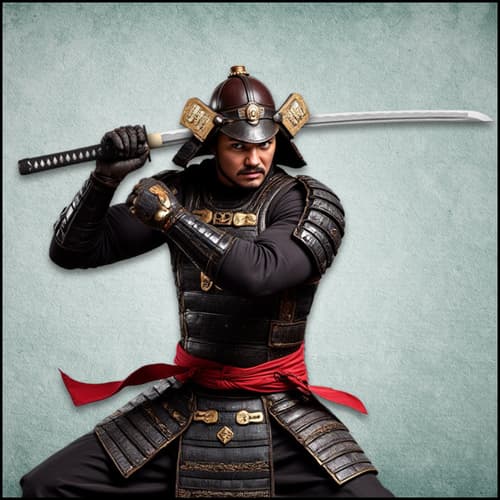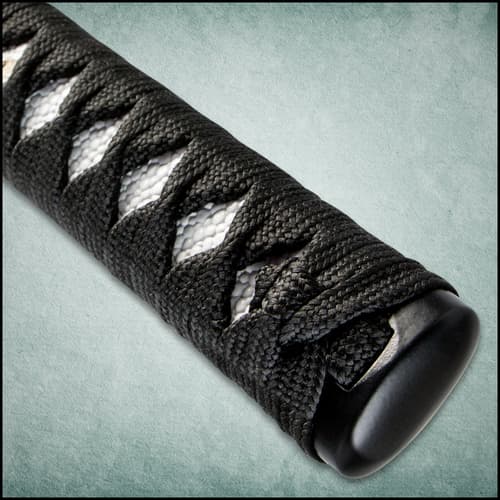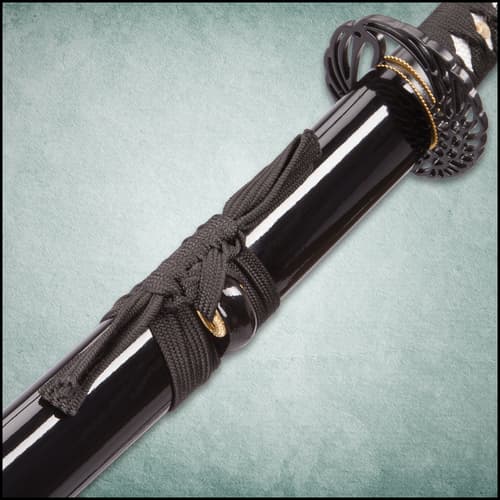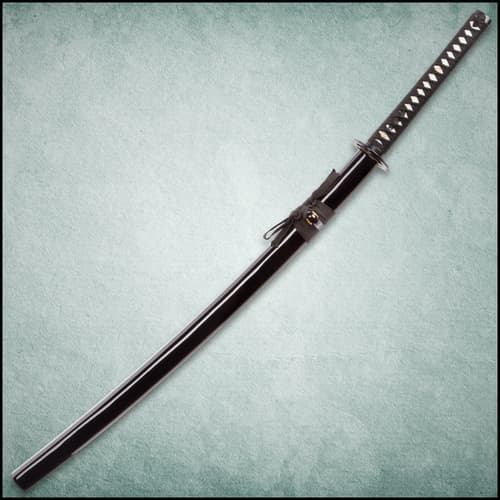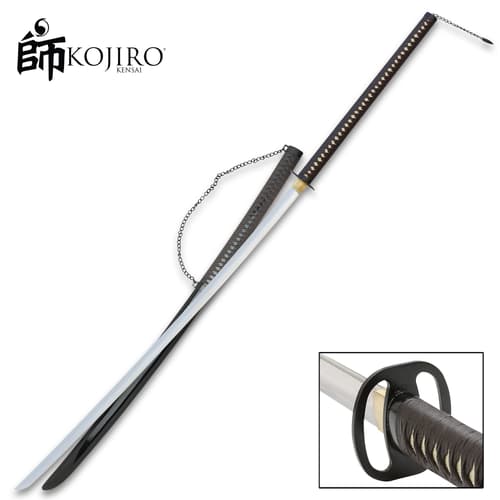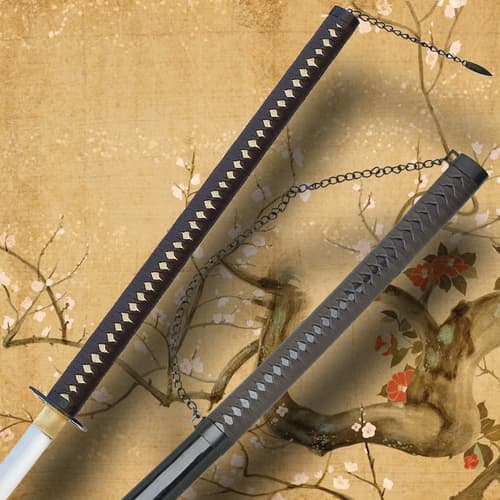Behind the Surprising Functionality and Versatility of a Viking Sword
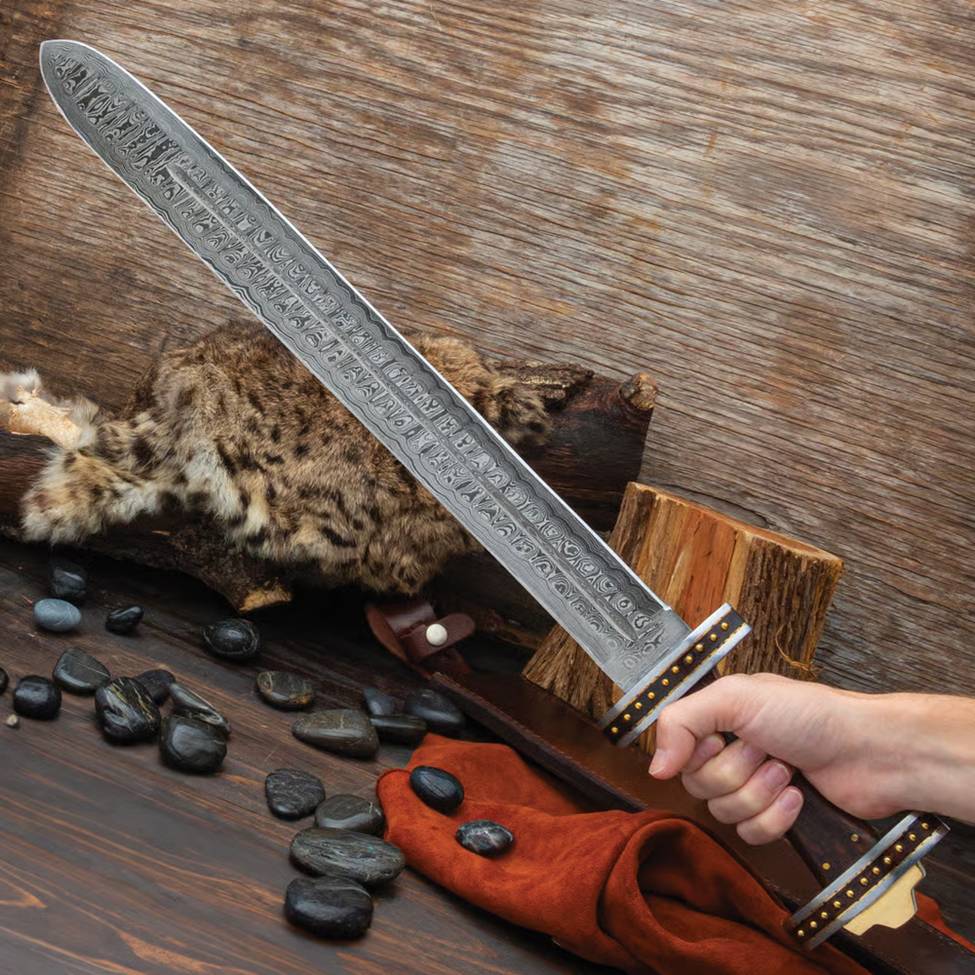

Viking swords, also known as Carolingian swords, constitute a class of sword patterns that were prevalent in Northern Europe throughout the Viking Age, from roughly 800 AD to 1100 AD. These swords, not just distinct in their appearance, were specially designed to confer a number of unique benefits to the wielder. This short post will break down some of these.
About Viking Swords and What They Offered
Viking swords were relatively short swords, with a blade that would range between 24 and 36 inches. They also featured a short hilt that was designed to accommodate a one-handed grip. First, let’s start with the blade. Viking swords were short and double edged, with a relatively rounded point; they lack the needle point of other more specialized swords such as rapiers. Despite this, the classic northern pattern was still highly effective at thrusting blows. Moreover, the double-edged blade was short and light enough that it could be highly effective at slashing strikes, even in, perhaps especially in, close quarters. The lightweight nature of most Viking swords made them nimble in the hand, and they could effectively be wielded one handed, even if the other hand was occupied by a shield, as may often have been the case. Be that as it may, most Viking swords walked the balance between weight and handling perfectly. They were light enough to be handled deftly, but not so much that they could not be used to execute devastating slashing and thrusting attacks. The blade of a Viking sword also typically would sport a long, wide channel down the middle. To blacksmiths this is known as a fuller, but colloquially it is known as a blood groove.
Common perception is that this “blood groove” was present in the blade to allow the blood to drain from a hapless victim, but this is not the case. Rather, fullers are added to blades because they both lighten the blade by removing metal stock, and make the blade more rigid, adding dimensional stability by altering the cross-sectional geometry of the blade. Therefore, the fuller, or blood groove, is just one more aspect of blade design that improves performance; it has nothing to do with blood. Sometimes, the blades of Viking swords would be inscribed with runes or other characters. These could mark the name of the bearer or of the smith, the maker, but they could also have been added as a superstitious protection to the wielder. The hilt of a Viking sword was short enough that it could only accommodate a single-handed grip, and usually had a short, straight or forward-arced crossguard, along with a lobed pommel. The pommel would typically have either one, three, or five lobes.
The hilt would likely have been made of wood wrapped in leather, which would both be comfortable in the grip and help prevent the user’s hand from slipping, either up or down on the hilt. The crossguard, by comparison to other swords of the time, would have been short and light; without adding much weight, it would help prevent a user’s hands from sliding up on the blade at the same time that it prevented an enemy’s blade from sliding down his own and injuring his hands. The pommel, which, like the blade, may have been inscribed, but its function was not only to help counterbalance the blade (which it did, at least in small part) but to prevent the user’s hands from slipping off the hilt. So, from point to pommel, you can see how and why a Viking sword was designed the way it was, and how it supported the commonly employed melee tactics of the Northmen.
What About a Seax Sword?
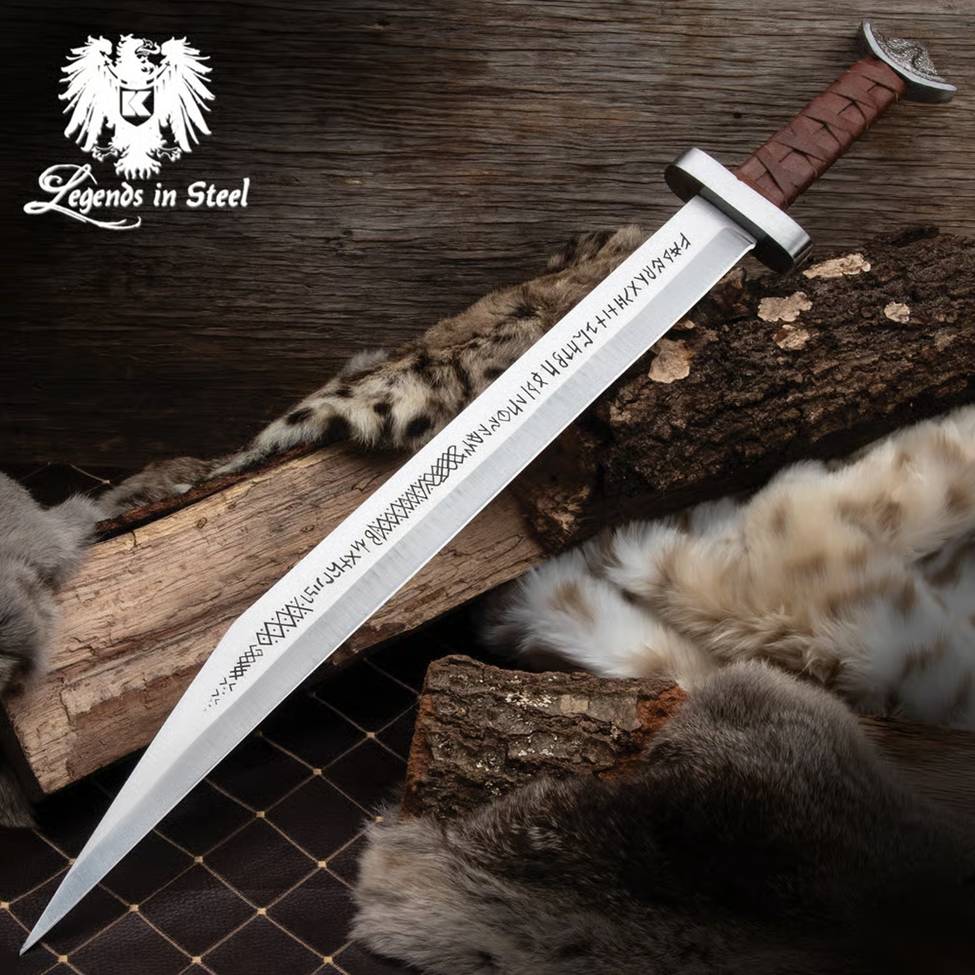

Another “sword” pattern commonly associated with Vikings is that of the seax sword, also known simply as a seax or sax. This is, however, more of a general purpose tool than it is a sword. No doubt under some circumstances the sax was used to dispatch an enemy, or serve in some other capacity as a weapon, but as a general rule, northerners carried these knives for utility, not offensive or defensive purposes. The seax sword or sax is a large knife with a single-edged blade between 7” and 12”, although the blade could be longer. It, like a Viking sword, had a hilt that could only accommodate one hand. The sax pattern varied widely, but often had a down-turned spine, similar to a modern Wharncliffe or sheepsfoot blade profile. This tool would have been used for camp chores, processing food, and as a weapon, among many other offices, and likely would have been carried in addition to an ax, sword, or other weapon.
Add a Battle-Ready Viking Sword to Your Collection
Interested in adding a real, battle-ready Viking sword with a full tang and proper steel temper to your collection? Check out our collection here and get in touch with us if you have any questions.
